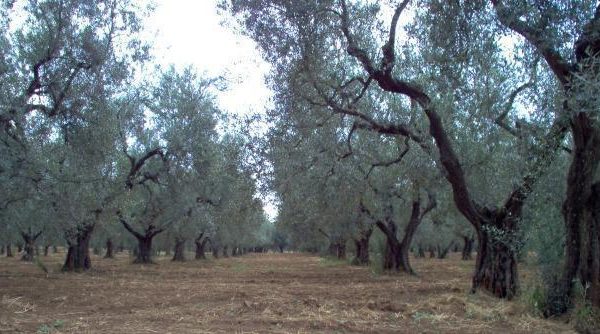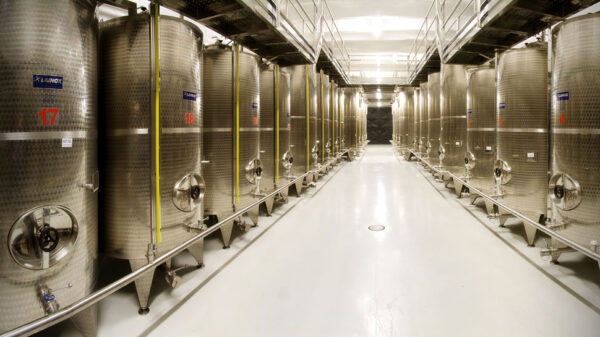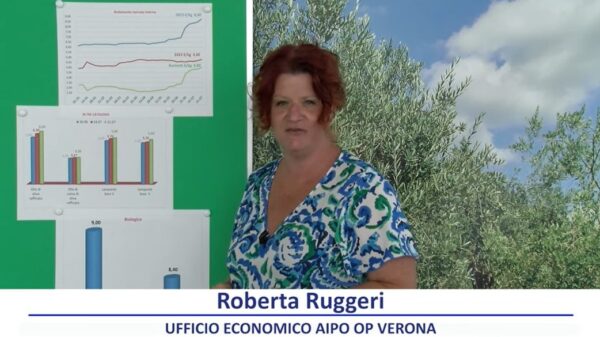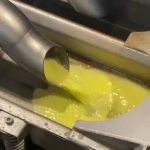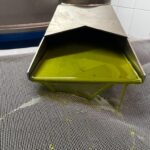The fixed cost of milling a quintal of olives in the next campaign will vary from 11,02 to 26,91 euros per quintal, depending on the size of the crusher. Let's talk about fixed costs, to which must be added, obviously, the legitimate margin of the miller.
The accounts in the pocket of the category - and consequently also of those who bring their olives to be milled in an oil mill that works on behalf of third parties - have tried to do for our digital newspaper Assofrantoi and, as explained by the President Paolo Mariani (in the picture), are based on the identical ways in which Ismea, in 2017, he performed the latest official statistical survey on the expenses incurred by an oil mill in the processing of olives.
On the basis of this investigation, the mills had been divided into four categories: the little ones (which grind from 1.000 to 5.000 quintals), those slightly larger (from 5.000 to 10.000 quintals), i medium (from 10.000 to 15.000 quintals) large (from 15.000 to 40.000 quintals). Based on the 2017 data, the costs of milling per quintal of olives were respectively of 15,01 euros for the small ones, 11,91 for the second tier, 9,61 for the medium-sized ones and 6,11 for the large onesi.
 “To these values – explains Mariani – Assofrantoi has applied the Istat increases from 2017 to today which are divided as follows: 54,8% more energy, 2% labor and 15% overhead (including accounting, secretarial services, certifications, etc.). Hence the final value that in small mills, especially those in northern Italy, it will register a cost of 26,92 euros per quintal of olives. Then there are the second tier crushers with a cost of 21,48, which becomes 17,33 for medium-sized crushers and 11,02 euros for large ones. We are talking, I repeat, of the fixed expenses that a miller incurs when he makes the machines work. Obviously it is a weighted average and does not take into account its margins for the work performed or the variables present in each individual oil mill.
“To these values – explains Mariani – Assofrantoi has applied the Istat increases from 2017 to today which are divided as follows: 54,8% more energy, 2% labor and 15% overhead (including accounting, secretarial services, certifications, etc.). Hence the final value that in small mills, especially those in northern Italy, it will register a cost of 26,92 euros per quintal of olives. Then there are the second tier crushers with a cost of 21,48, which becomes 17,33 for medium-sized crushers and 11,02 euros for large ones. We are talking, I repeat, of the fixed expenses that a miller incurs when he makes the machines work. Obviously it is a weighted average and does not take into account its margins for the work performed or the variables present in each individual oil mill.
Also in the light of the values recorded in the last campaign - points out the president of Assofranroi - I believe that these costs are quite plausible and can be useful indicators to understand the costs involved in pressing the olives in the next campaign. A similar income statement could be of further use - concludes Mariani - by the other components of the supply chain, namely olive producers on the one hand and the bottlers and packers on the other. The sum of the expenses that these two categories also support can give us an idea of the final cost of olive oil today in Italy, net of the margins which must also be recognized to all the protagonists of the supply chain".
